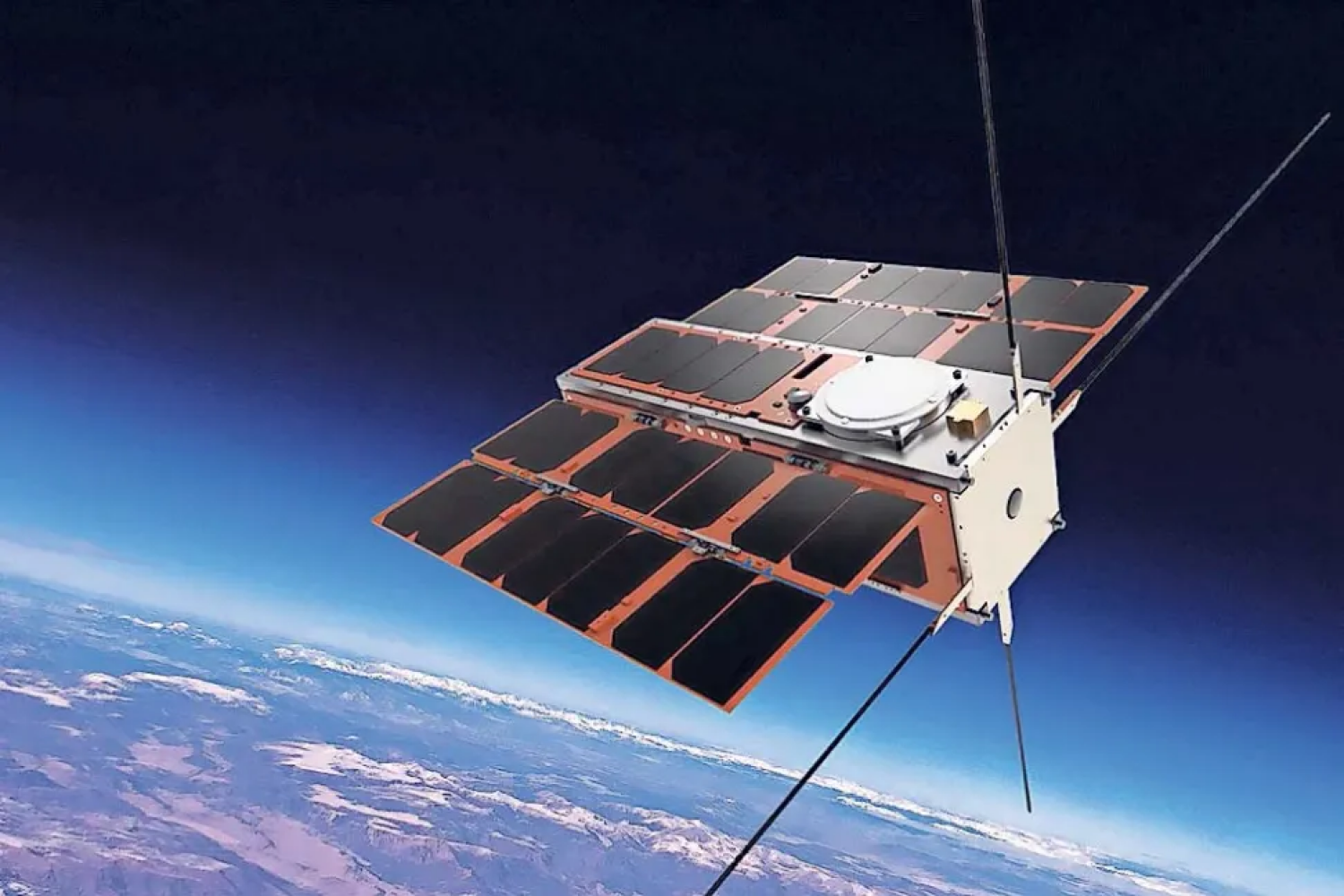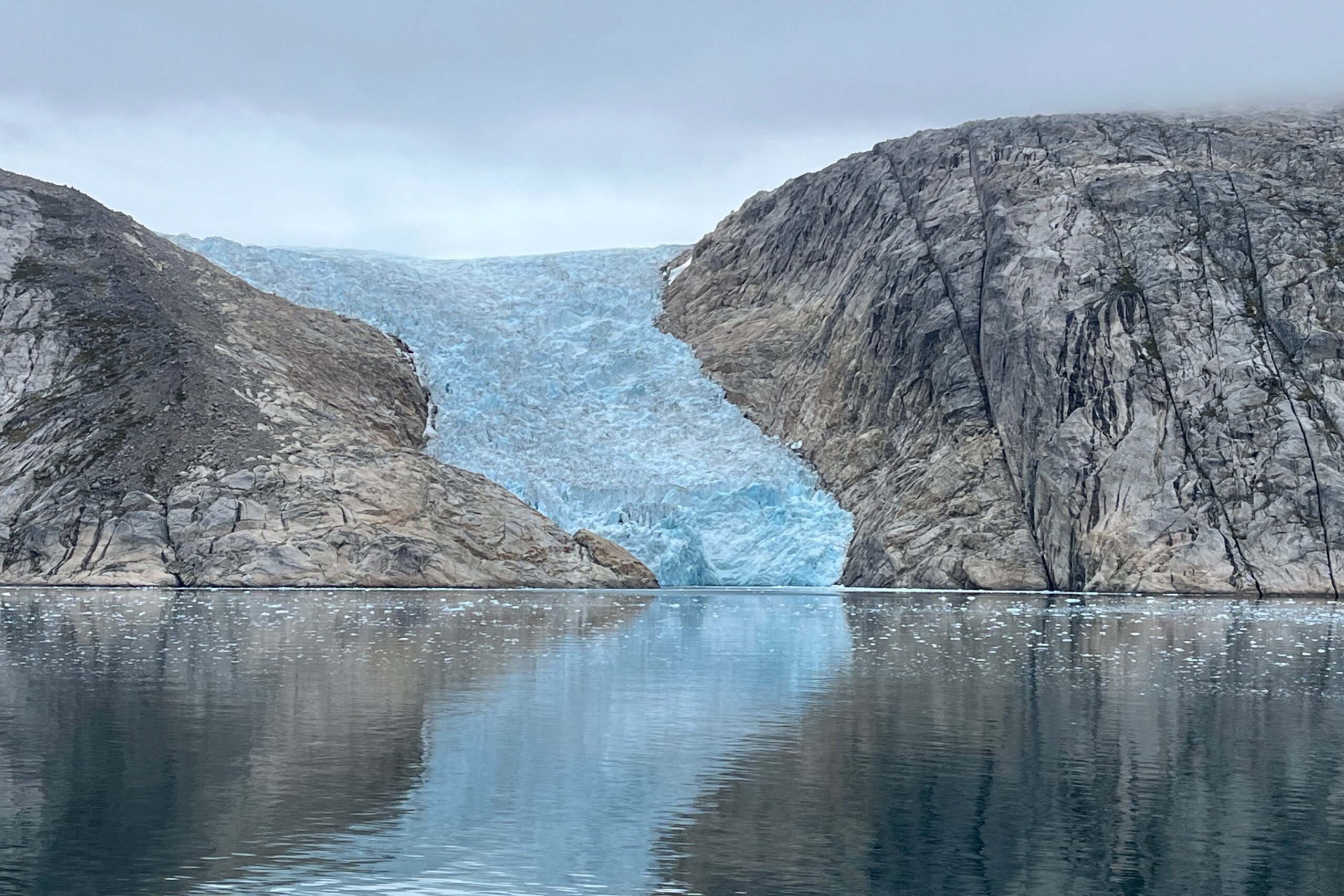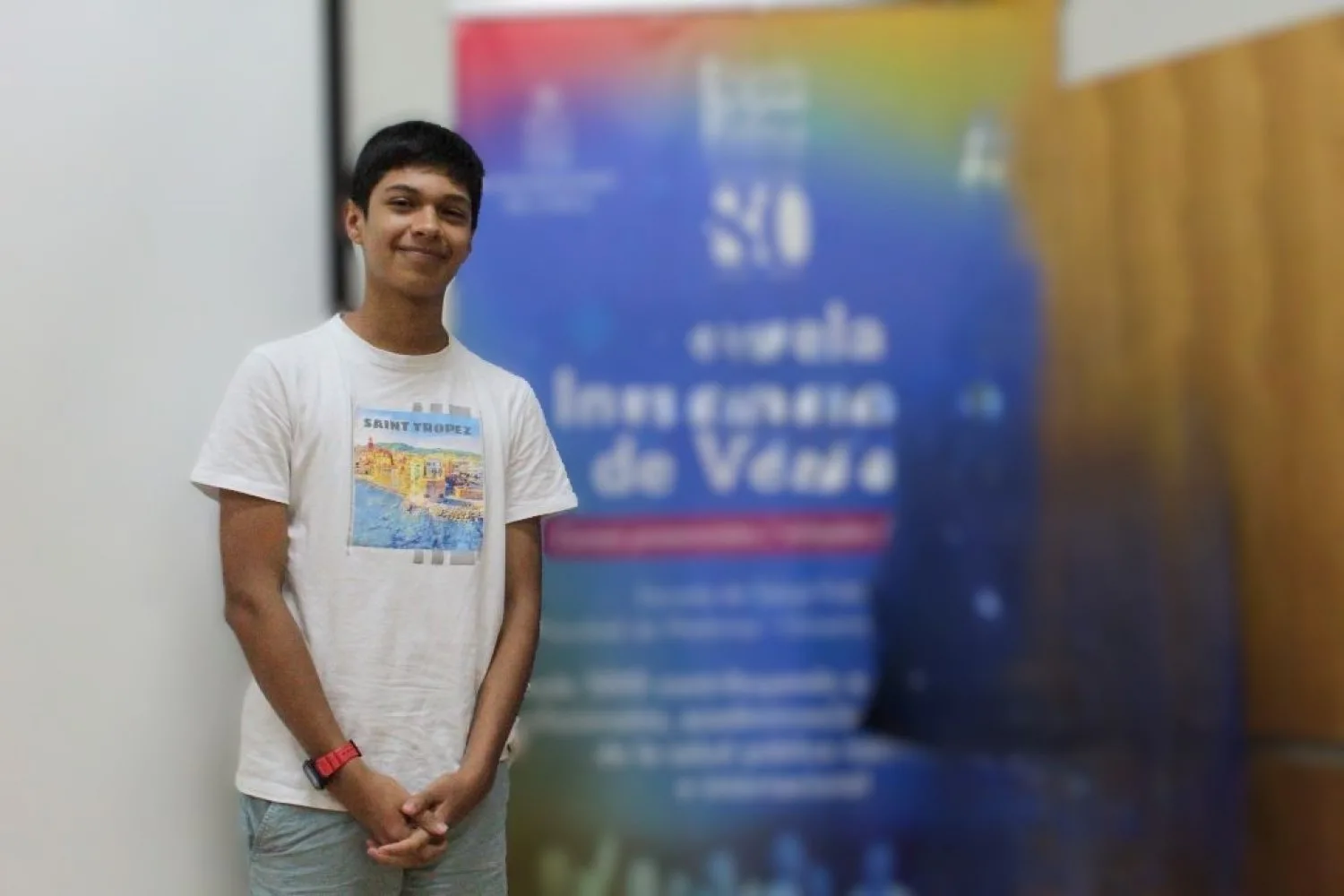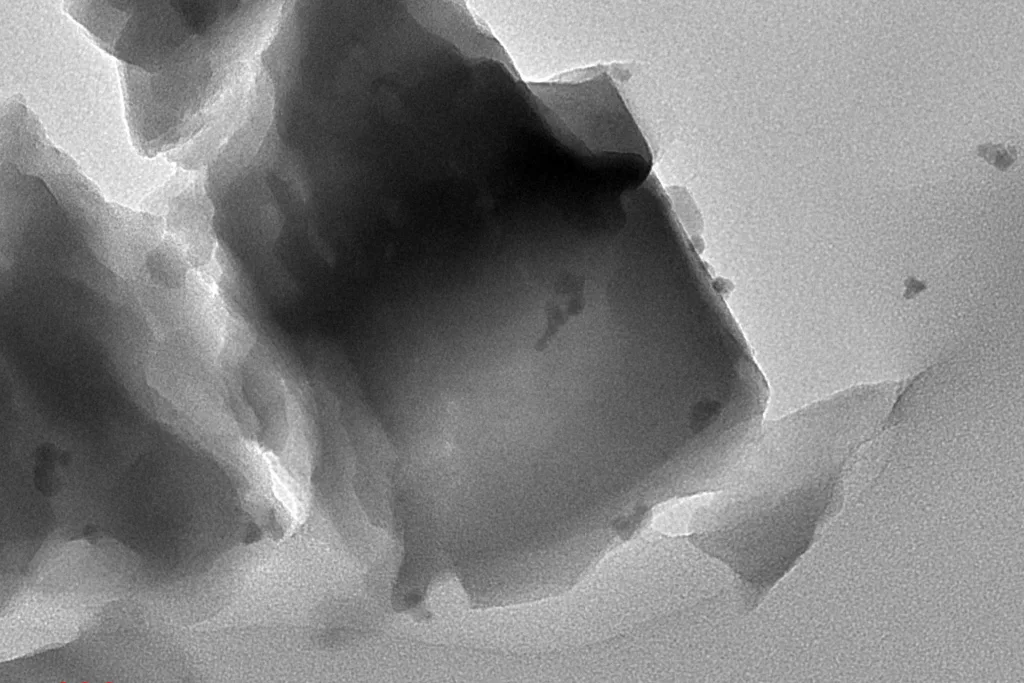Introducing AEROS-MH1, a groundbreaking CubeSat now orbiting the Earth, symbolizing a significant milestone in Portugal’s space endeavors and a remarkable partnership between academia and industry across borders. This small satellite marks Portugal’s reentry into space after three decades since its inaugural satellite launch. Developed entirely within Portugal, AEROS-MH1 is the product of a four-year collaboration involving the MIT Portugal Program and various universities and private companies in the country. The project is part of the AEROS Constellation initiative, with funding support from the Portuguese Science and Technology Foundation, Fundação para a Ciência e Tecnologia.
At MIT, Professors Dava Newman, Kerri Cahoy, and Richard Linares played pivotal roles as co-principal investigators, working alongside graduate students Madeline Anderson, Cadence Payne, and Annika Thomas. They partnered with researchers from institutions like the University of Minho, CEiiA, and Edisoft. The objectives of AEROS Constellation are aligned with the U.N.’s Sustainable Development Goals and facilitate Portugal’s multinational focus on “Atlantic interactions” research.
Launched in March, AEROS-MH1 orbits the Earth approximately every 90 minutes at an altitude nearing 137 miles. This innovative satellite utilizes spectroscopic techniques to assess and monitor ocean health and maintains connectivity with aerial drones and marine life fitted with bio-logged tags, including sharks and rays. AEROS will gather hyperspectral imaging data from the coastlines and waters surrounding Portugal and leverage software-defined radio technology to gain insights into biodiversity and environmental conditions. The satellite communicates with its command center located at the Santa Maria Island Teleport in the Azores, where spectroscopic imagery is captured and later processed in Matosinhos.
Reflecting on the collaborative journey, Cahoy noted, “AEROS was an incredibly enriching experience for our students, offering a unique blend of research and teamwork.” Weekly virtual meetings brought together team members from diverse time zones, often making coordination fun and challenging, especially with differing daylight savings adjustments and other local factors. Cahoy emphasized that MIT Portugal continuously fostered opportunities for students to showcase their projects in Portugal, creating a vibrant learning environment.
The project commenced its developmental phase in 2020, prioritizing maritime needs and ocean characterization specific to Portugal’s coastal regions. The research team meticulously selected instruments, including a hyperspectral visible imager to analyze ocean color, and a software-defined radio to adeptly gather data from small terrestrial transmitters for environmental monitoring. Extensive efforts were put into ensuring these instruments were fully operational while meeting the spacecraft’s power and communication requirements.
Throughout the project, MIT students engaged in critical analyses and simulations, verifying whether the mission objectives were achievable. Annika Thomas focused on thermal management aspects, Cadence Payne assessed the performance of the hyperspectral imaging instrument, and Madeline Anderson employed AI for change detection within instrument data and monitoring any anomalies in onboard telemetry. Additional support came from fellow students Miles Lifson, Patrick McKeen, Joey Murphy, and Alvin Harvey from the MIT Department of Aeronautics and Astronautics.
In a celebratory message, Newman emphasized, “It’s crucial to sustain the collaboration between Portuguese institutions and our global partners like MIT. This partnership fosters high-quality education, generates new jobs, and nurtures a new generation of multidisciplinary leaders who will shape the future of space and address critical Earth challenges, including climate change, urban mobility, and energy.”
Photo credit & article inspired by: Massachusetts Institute of Technology



